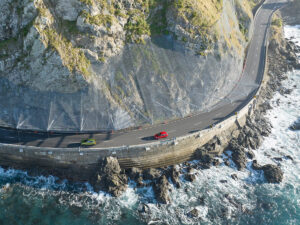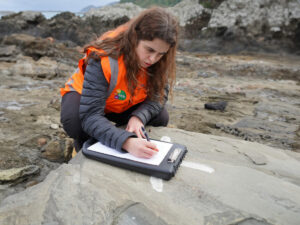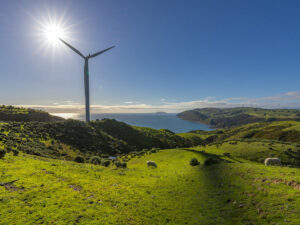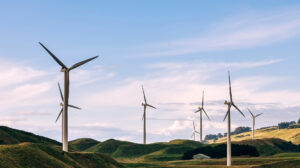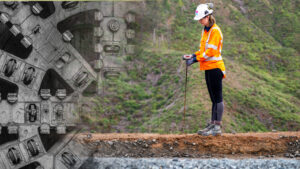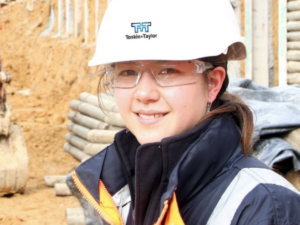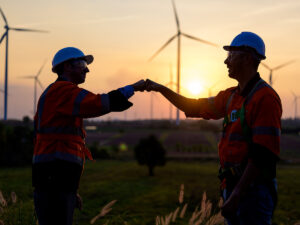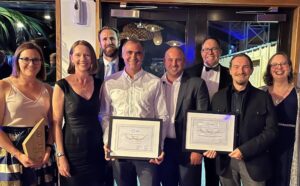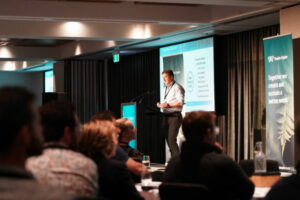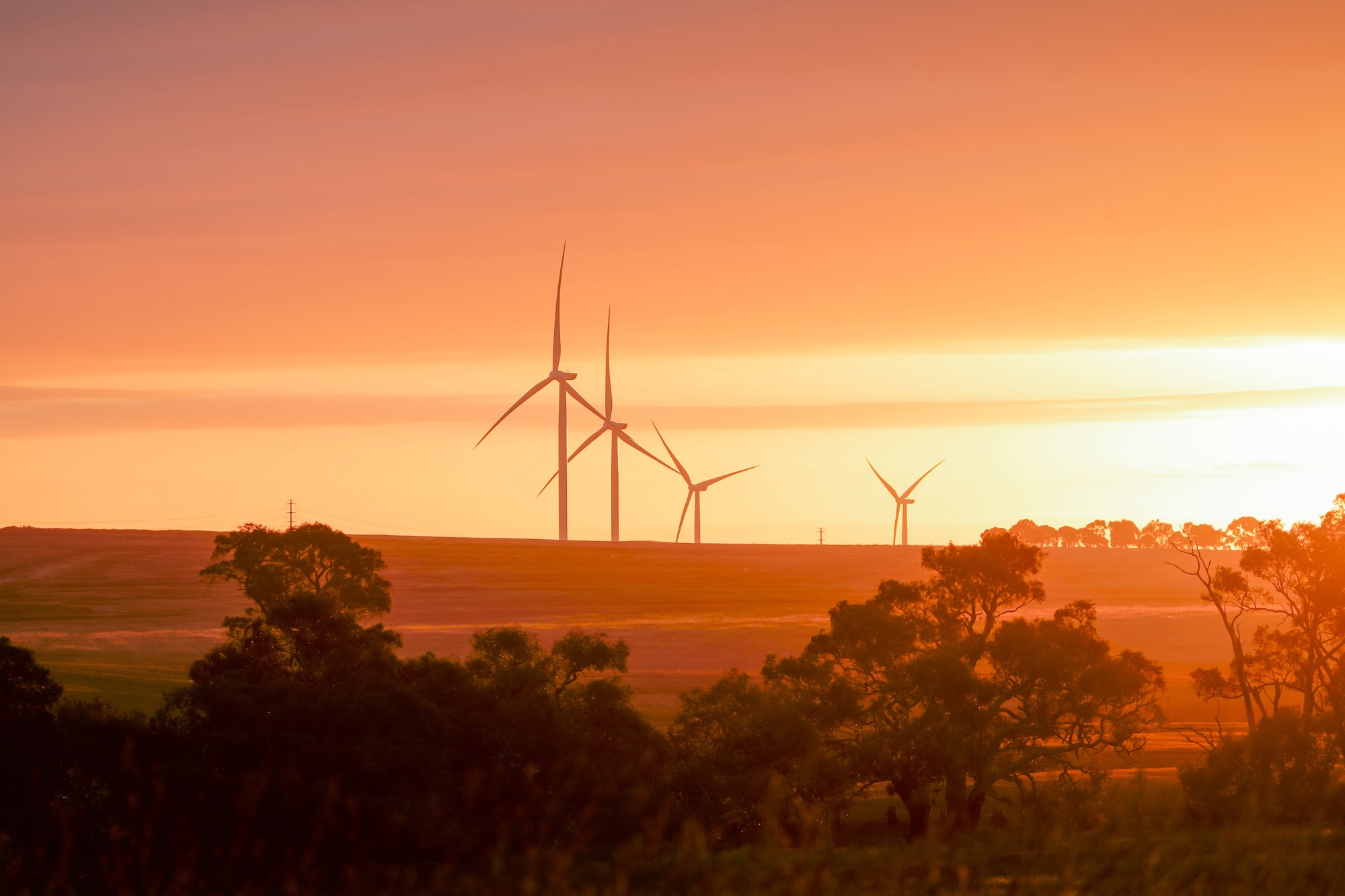By Prasanna Punchihewa – Energy Sector Lead, Tonkin + Taylor
We find ourselves at a critical juncture in Australia’s energy journey. The winds of change continue to propel our renewable energy progress, and harnessing wind power will be essential to meet a lofty but crucial goal of an 82 per cent renewable share of the National Electricity Market by 2030.
With any project, starting with a strong foundation and understanding ground conditions is key. For wind farm construction this is where specialist geotechnical expertise is needed to guarantee long-term success. At Stockyard Hill Wind Farm, a Goldwind Australia project in Victoria, diverse geological conditions required innovative solutions to be found for the safe construction of its 149 turbines.
Turbines and technology
While most of the turbine footings were constructed as gravity foundations, the other types – anchored and hybrid footings (a composite of gravity and anchored) – were strategically chosen based on the unique ground characteristics of each site. Addressing the challenges posed by the diverse geological conditions, cutting-edge technology became instrumental.
Experts from Tonkin + Taylor (T+T), a specialist engineering consultancy, utilised Plaxis 3D modelling techniques to simulate and analyse the gravity foundations. This allowed them to refine the design and mitigate risks. Through several iterations, the team ensured that every unique set of ground conditions was meticulously addressed.
Heavy components on-site were carefully managed and transported. The detailed analysis of the pavement conditions, and crane lift studies, ensured the safe and efficient movement of materials and equipment, including the installation of a 170-tonne transformer at a substation.
Test, test, test
Investigations and testing were essential to ensure the safety and integrity of the infrastructure. To facilitate this during the construction phase, Chadwick Geotechnics established an onsite NATA-accredited laboratory, with their specialist laboratory in Melbourne supervising and testing the initial investigation.
Their services were pivotal during wind farm construction, drilling, and test pitting, as they performed proof rolling, plate load testing, and foundation inspections. Another important aspect was understanding the soil composition and groundwater conditions, and their potential impacts on the project.
T+T undertook detailed assessments to tackle the complex geological and hydrogeological challenges. The hydrogeological studies brought attention to the presence of a high water table, prompting further enhancements to the foundation design. The construction of four substations within the wind farm presented additional complexity, necessitating expert geotechnical input for ground investigations and foundation design.
Thinking outside the box
Renewable energy and sustainability go hand-in-hand, and creative thinking was needed to meet the project’s sustainability goals.
Pavement designs by T+T incorporated silt as a subgrade to minimise excavations, and external pavements were rehabilitated, where possible, to accommodate the wind farm material delivery and manage increased traffic.
At full capacity it can provide power for approximately 391,000 homes and is expected to prevent the emission of two million tonnes of carbon dioxide per year into the atmosphere annually. Stockyard Hill Wind Farm stands as an example of how geotechnical solutions can contribute to the success of renewable energy infrastructure today.
Australia’s renewable energy growth is accelerating. Tonkin + Taylor’s geotechnical specialists are trusted advisors in the design and construction of renewable energy projects.
Visit our Energy sector page to learn more or call +61 3 9863 8686.
(This article was originally published in the September edition of Energy magazine.)




